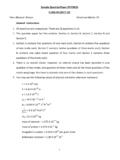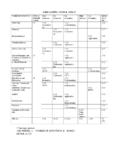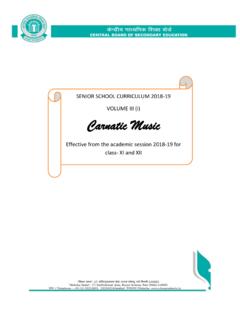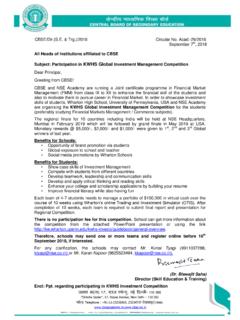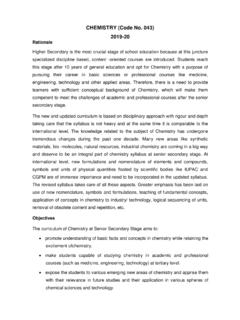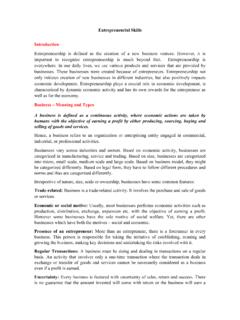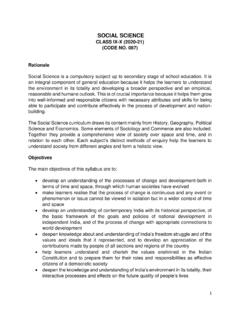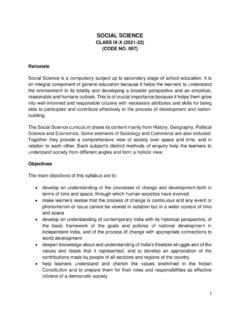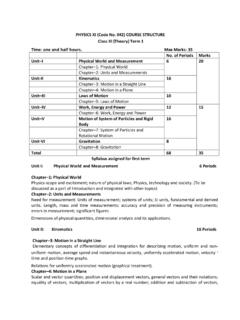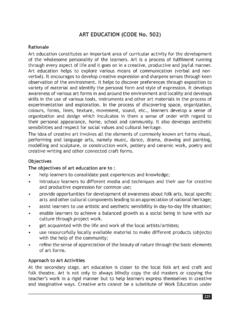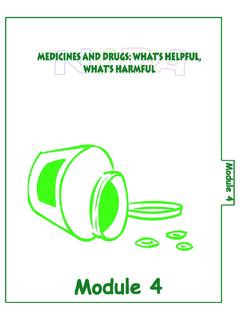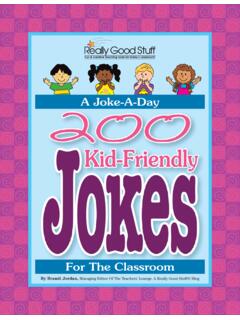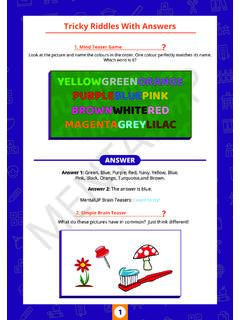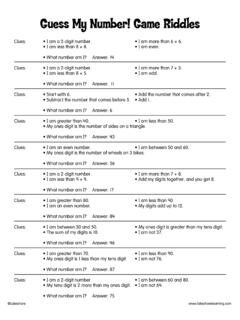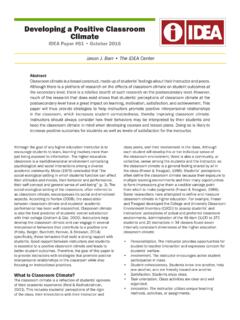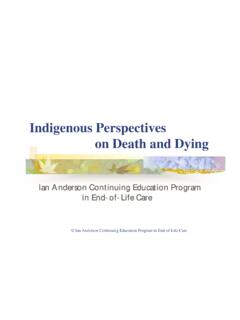Transcription of ENGLISHLANGUAGE AND LITERATURE Code No. 184 (2020 …
1 ENGLISHLANGUAGE AND LITERATURE Code No. 184 (2020-21) (Rationalised Curriculum) 1. Background Traditionally, language-learning materials beyond the initial stages have been sourced from LITERATURE : prose, fiction and poetry. While there is a trend for inclusion of a wider range of contemporary and authentic texts, accessible and culturally appropriate pieces of LITERATURE should play a pivotal role at the secondary stage of education. The English class should not be seen as a place merely to read poems and stories in, but an area of activities to develop the learner s imagination as a major aim of language study, and to equip the learner with communicative skills to perform various language functions through speech and writing.
2 2. Objectives: Objectives of the course are to enable learners to: build greater confidence and proficiency in oral and written communication develop the ability and knowledge required in order to engage in independent reflection and inquiry use appropriate English to communicate in various social settings equip learners with essential language skills to question and to articulate their point of view build competence in the different aspects of English develop sensitivity to, and appreciation of, other varieties of English, like Indian English.
3 And the culture they reflect enable the learner to access knowledge and information through reference skills (consulting a dictionary / thesaurus, library, internet, etc.) develop curiosity and creativity through extensive reading facilitate self-learning to enable them to become independent learners review, organise and edit their own work and work done by peers integrate listening and speaking skills in the curriculum. give a brief oral description of events / incidents of topical interest retell the contents of authentic audio texts (weather reports, public announcements, simple advertisements, short interviews, etc.)
4 Participate in conversations, discussions, etc., on topics of mutual interest in non-classroom situations narrate a story which has been depicted pictorially or in any other non-verbal mode respond, in writing, to business letters, official communications email etc. read and identify the main points / significant details of texts like scripts of audio-video interviews, discussions, debates, etc. write without prior preparation on a given topic and be able to defend or explain the stand taken / views expressed in the form of article, speech, or a debate write a summary of short lectures on familiar topics by making / taking notes write an assessment of different points of views expressed in a discussion / debate read poems effectively (with proper rhythm and intonation) transcode information from a graph / chart to a description / report and write a dialogue, short story or report 3.
5 Language Items In addition to consolidating the grammatical items practised earlier, the courses at the secondary level seek to reinforce the following explicitly: sequence of tenses reported speech in extended texts modal auxiliaries (those not covered at upper primary) non-finites (infinitives, gerunds, participles) conditional clauses complex and compound sentences phrasal verbs and prepositional phrases cohesive devices punctuation (semicolon, colon, dash, hyphen, parenthesis or use of brackets and exclamation mark) 4. Methods and Techniques The methodology is based on a multi-skill, activity-based, learner-centered approach.
6 Care is taken to fulfill the functional (communicative), literary (aesthetic) and cultural (sociological) needs of the learner. In this situation, the teacher is the facilitator of learning, She/he presents language items, contrives situations which motivates the child to use English for the purposes of communication and expression. Aural-oral teaching and testing is an integral feature of the teaching-learning process. The electronic and print media could be used extensively. A few suggested activities are: Role play Simulating real life situations Dramatising and miming Problem solving and decision making Interpreting information given in tabular form and schedule Using newspaper clippings Borrowing situations from the world around the learners, from books and from other disciplines Using language games, riddles , puzzles and jokes Interpreting pictures / sketches / cartoons Debating and discussing Narrating and discussing stories, anecdotes, etc.
7 Reciting poems Working in pairs and groups Using media inputs - computer, television, video cassettes, tapes, software packages ENGLISH LANGUAGE AND LITERATURE (Code No. 184) SYLLABUS CLASS IX (2020-21) Sections A Reading Skills(40periods) B Writing Skills with Grammar (40 periods) C LITERATURE Textbooks and Supplementary Reading Text(50 periods) PART A Reading:- Unseen Passage 20 Marks Multiple Choice Questions based on a Discursive passage of 400-450 words to test inference, evaluation and vocabulary.
8 Ten out of twelve questions to be answered. (10x1=10) II. Multiple Choice Questions based on a Case-based factual passage (with visual input- statistical data, chart etc.) of 200-250 words to test analysis and interpretation. Ten out of twelve questions to be answered. (10x1=10) (Total length of two passages to be 600-700 words) LITERATURE Textbooks 10 Marks III. Multiple Choice Questions based on an extract from drama/prose to test inference, evaluation and vocabulary.
9 Any 1 out of 2 extracts to be done. (5x1=5) IV. Multiple Choice Questions based on an extract from poetry to test analysis and interpretation. Any 1 out of 2 extracts to be done (5x1=5) Grammar 10 Marks V. Ten Multiple Choice Questions, out of twelve, to be answered. Questions shall be based on the following i. Tenses ii. Modals iii. Subject verb concord iv. Reported speech a. Commands and requests b. Statements c. Questions v. Determiners Deleted: Use of Passive Voice Clauses: Noun, Adverb Clauses of condition and time, Relative Prepositions PART B Writing 10 marks I.
10 Writing a Descriptive Paragraph (word limit 100-120 words) on a person or a diary entry based on visual or verbal cue/s. One out of two questions is to be answered. 5 marks II. Writing a story (word limit 100-120 words) on the basis of given cue/s . One out of two questions is to be answered. 5 marks Deleted: Letter on a situation Descriptive Paragraph on a place/event LITERATURE 30 Marks III. Four out of six Short Answer Type Questions to be answered in 20-30 words each from BEEHIVE and MOMENTS (two out of three from BEEHIVE and two out of three from MOMENTS).
